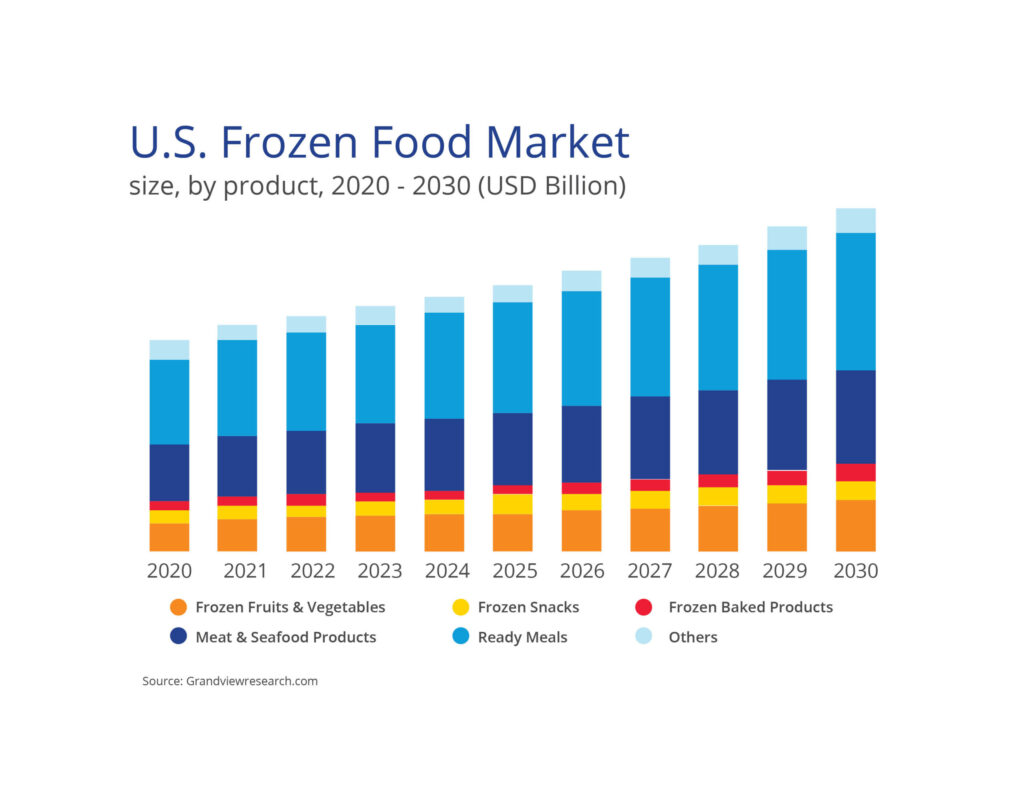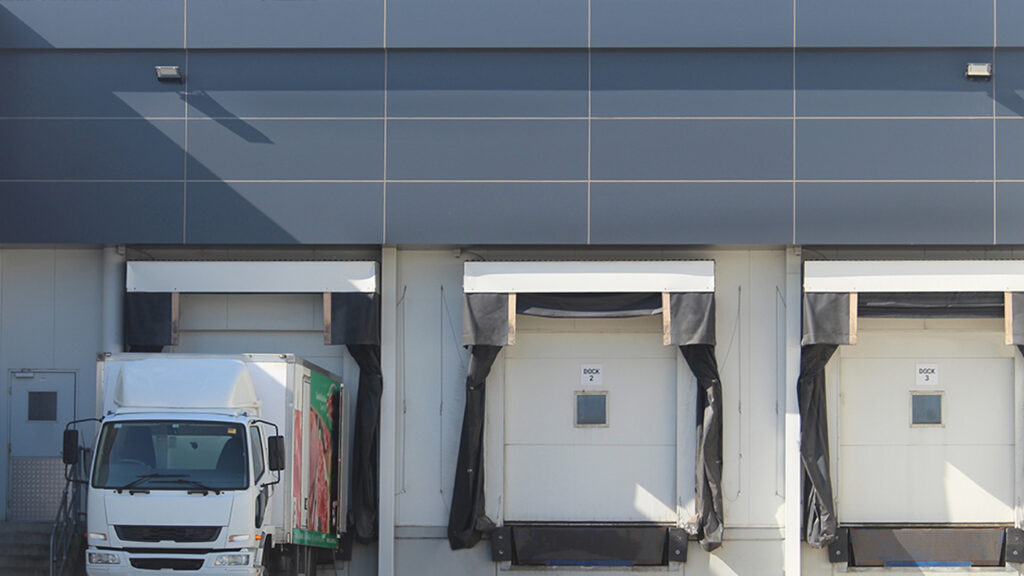The frozen food market is currently experiencing remarkable growth, with its global value soaring to $265 billion. In the U.S. alone, new frozen food sales have impressively surpassed the $72 billion mark. This surge in demand has drawn the attention of major industry players such as Cargill, Conagra, Nestle, General Mills, and Unilever, who are capitalizing on the popularity of frozen food products. Over the past few years, frozen food sales have experienced a substantial increase of 23%.
In light of this, the significance of cold storage facilities cannot be overstated. They play a crucial role in meeting the surging demand for frozen food products while ensuring the resilience of the food supply chain. Although the cold storage industry in the U.S. has faced challenges in the past, exciting opportunities are now emerging, offering the chance to overcome these obstacles and foster its development.
Embracing Modernization and Innovation
The advanced age of refrigerated buildings in the U.S., (on average exceeding 37 years), presents a unique opportunity for modernization. Upgrading existing facilities or constructing new ones with higher clear heights and advanced refrigeration systems can propel the industry forward and align it with the evolving preferences of consumers and businesses. By embracing these advancements, modern cold storage facilities can meet the changing needs of the user base and enable more efficient operations.
Expanding Access and Affordability
While cold storage construction costs are higher than those for dry, ambient warehouses, an increase in institutional capital and economies of scale are assisting in overcoming the challenges of the additional cost structure of the building equipment. The injection of billions of dollars in equity into third-party logistics providers (3PLs), such as Lineage, demonstrates a commitment to expanding cold storage networks and increasing capacity across the U.S. This trend opens doors for smaller companies to access shared cold storage facilities and benefit from economies of scale, promoting a more inclusive and competitive industry landscape.
Tapping into Shifting Consumer Preferences
The rising demand for frozen food products, bolstered by changing consumer behaviors, also presents a significant opportunity for the cold storage industry. Consumers are increasingly embracing online grocery shopping, and investing in customer fulfillment centers with extensive cold storage capabilities can help retailers capitalize on this growing trend. Retailers like Kroger have recognized the potential of this market shift and are investing in customer fulfillment centers capable of handling volumes equivalent to 10 to 12 supermarkets. Additionally, the record importation of fruits and vegetables underscores the need for expanded cold storage infrastructure to ensure efficient handling and distribution of perishable goods, presenting an avenue for growth and investment in the industry.

Capitalizing on Imbalances
The current scarcity of vacant cold storage facilities presents lucrative investment and development prospects. By strategically establishing cold storage facilities near ports, like the Delaware River port community, and food and beverage manufacturing hubs, such as Chicago, we can enhance supply chain efficiency and meet the rising demand for temperature-controlled storage. Identifying underserved areas and offering incentives for development will lead to a well-balanced and resilient nationwide cold storage network. This approach not only addresses regional imbalances but also reduces transportation costs and ensures proximity to critical distribution hubs, promoting a more robust food supply chain.
In Chicago, approximately 4,500 food and beverage manufacturing companies thrive, and the demand for cold/frozen storage vastly outstrips available space. The Delaware River port community, encompassing Pennsylvania, New Jersey, and Delaware, plays a significant role in the food import market, with a total value of $6.6 billion, wherein fruits and vegetables contribute over $4 billion. Refrigerated containers account for 54% of the port volume, and PhilaPort’s container volumes have displayed an impressive growth.
Emerging Trends: Navigating the Growing Market
As the cold storage market and frozen food consumption grow, several factors demand attention. E-commerce in grocery sales is in its early stages and faces lower margins compared to in-store sales. Addressing this challenge becomes crucial. The piloting of EV truck fleets and preparing buildings for increased electrical loads that will be demanded of them will warrant consideration and discussion.
With the right investments, innovative approaches, and a collaborative effort between industry players, policymakers, and stakeholders, the industry can unlock its potential and establish a resilient and efficient cold storage infrastructure. This will not only meet the growing demand for frozen food products but also contribute to the overall stability and sustainability of the global food supply chain.
Colliers Food & Beverage
Dedicated exclusively to the food industry, Colliers Food & Beverage practice group provides nationwide coverage through our vast network of food industry relationships and Colliers’ global platform. We provide services from the acquisition and disposition of food manufacturing and distribution facilities to the valuation of cold storage facilities.

 Rick Kingery
Rick Kingery


 Mike Spears
Mike Spears Greig Lagomarsino
Greig Lagomarsino Peter Danna
Peter Danna Christopher Sheehan
Christopher Sheehan
 Matt Gannon
Matt Gannon Craig Hurvitz
Craig Hurvitz
 Anjee Solanki
Anjee Solanki